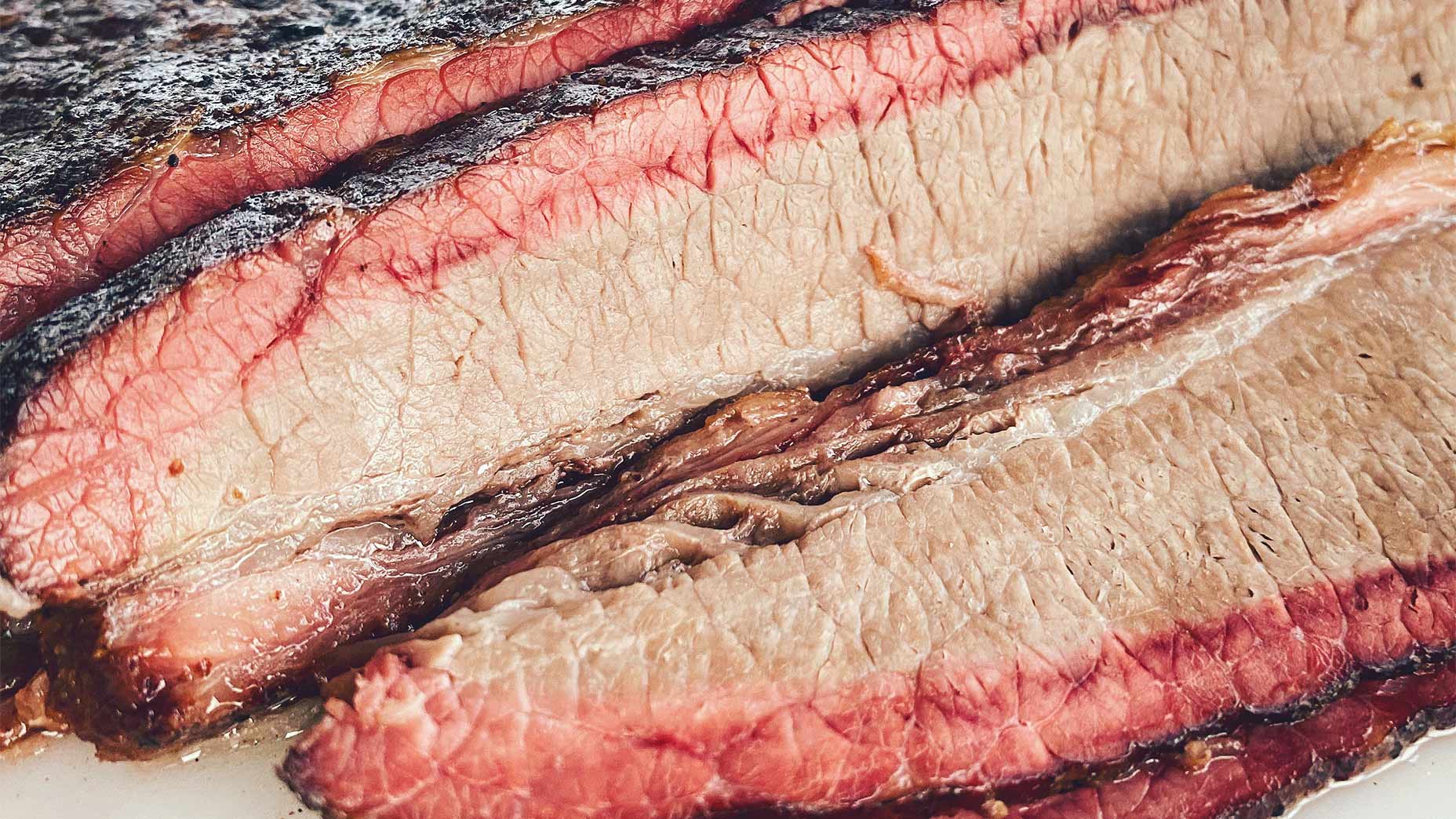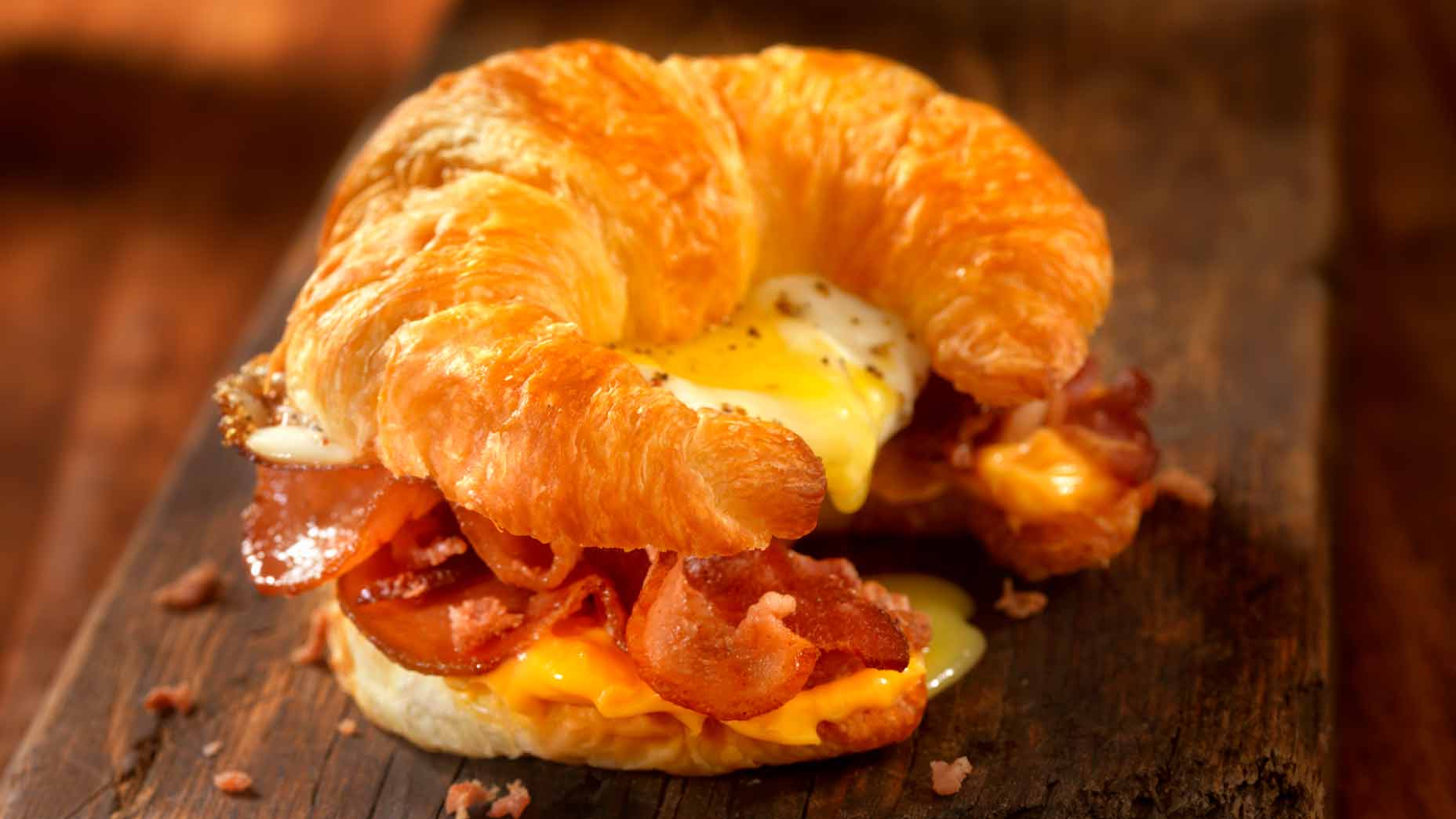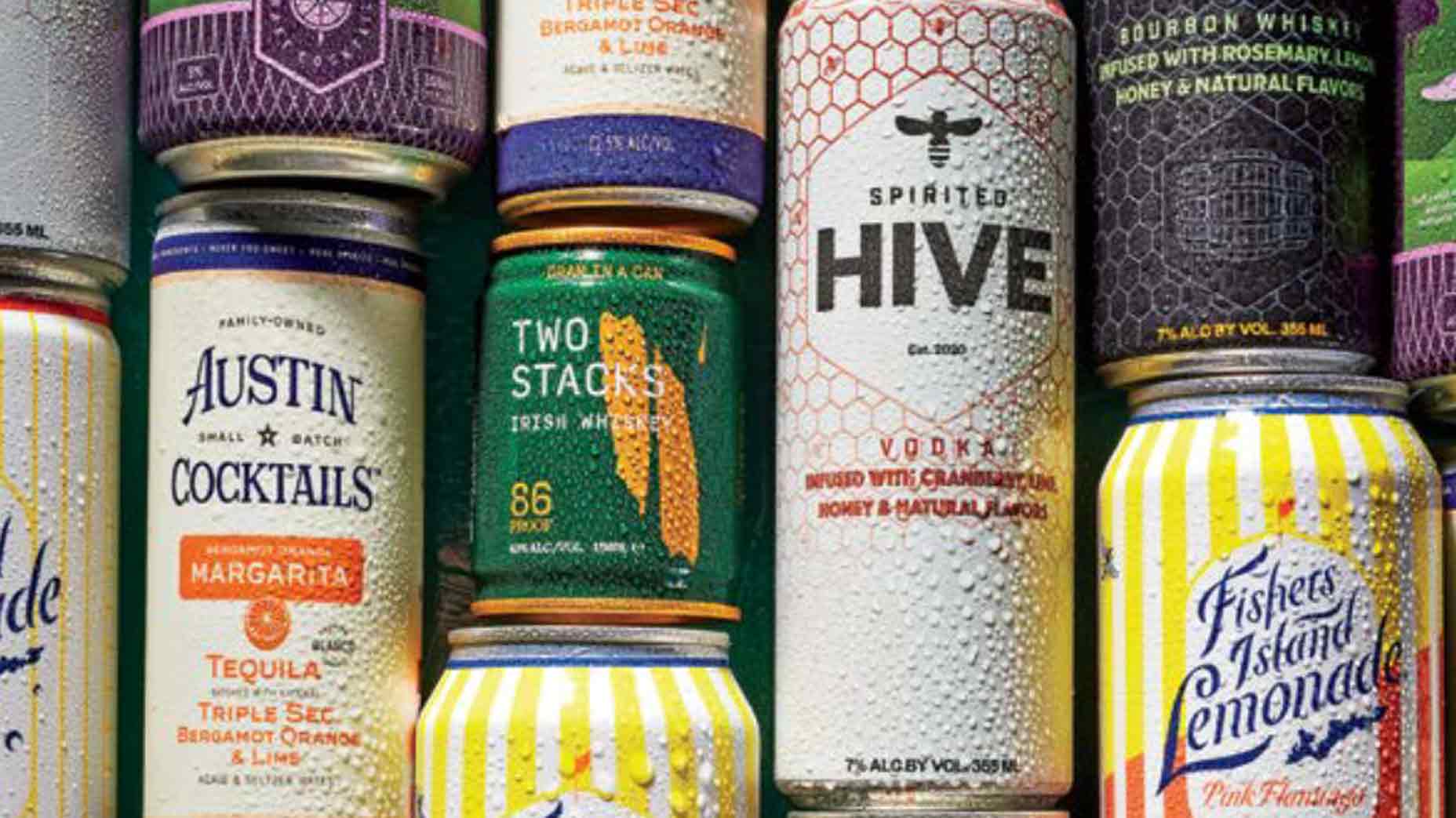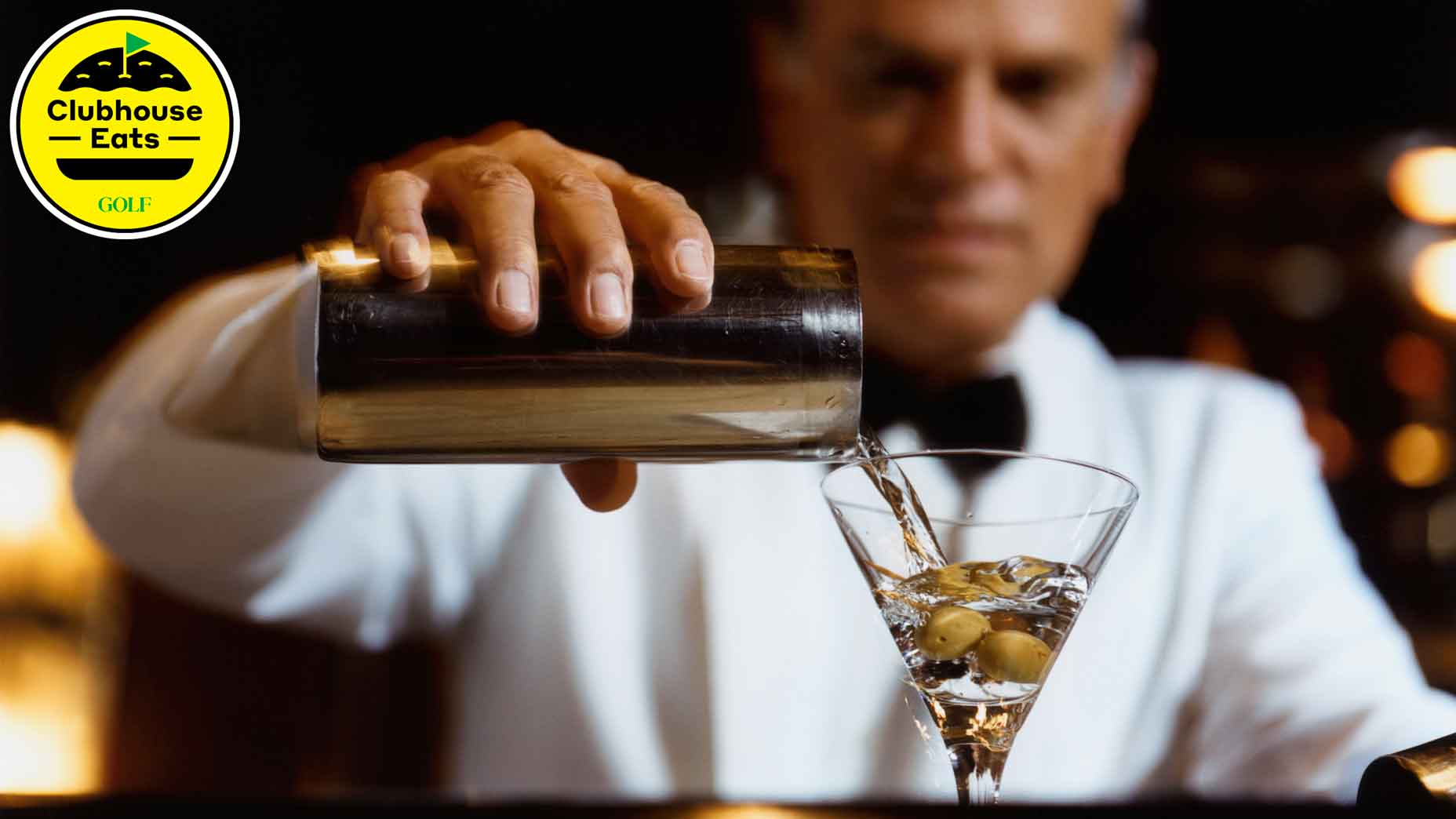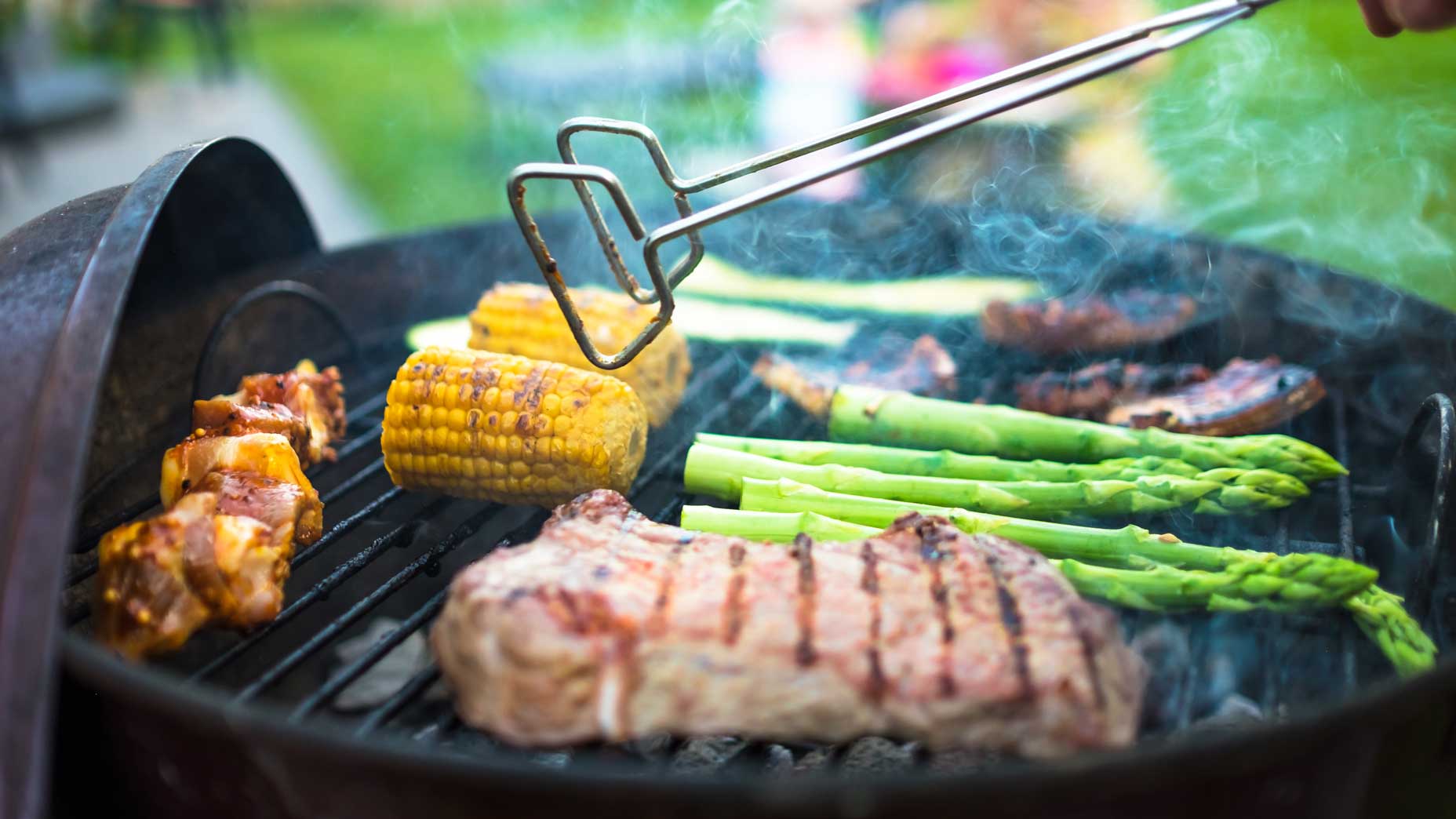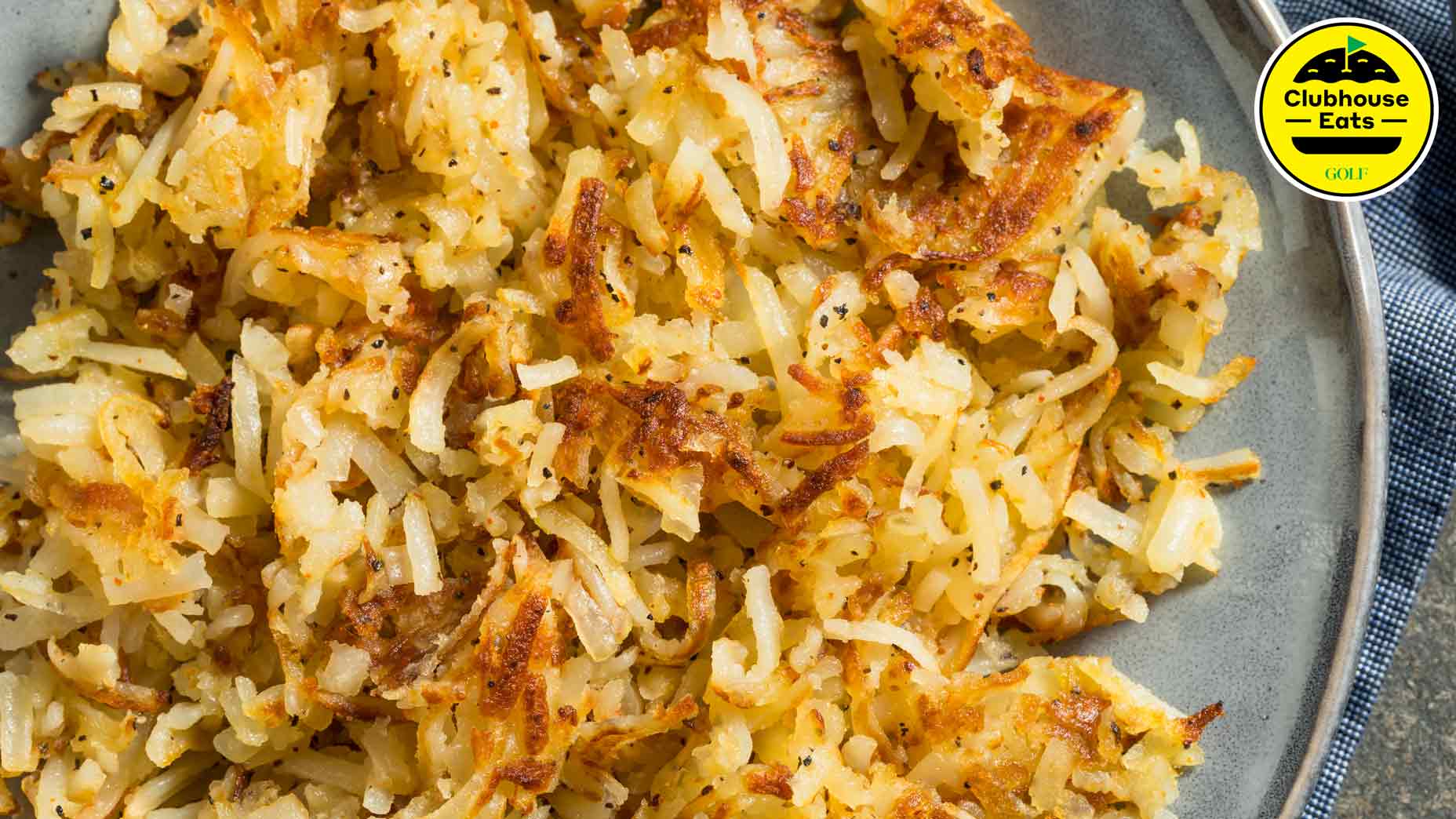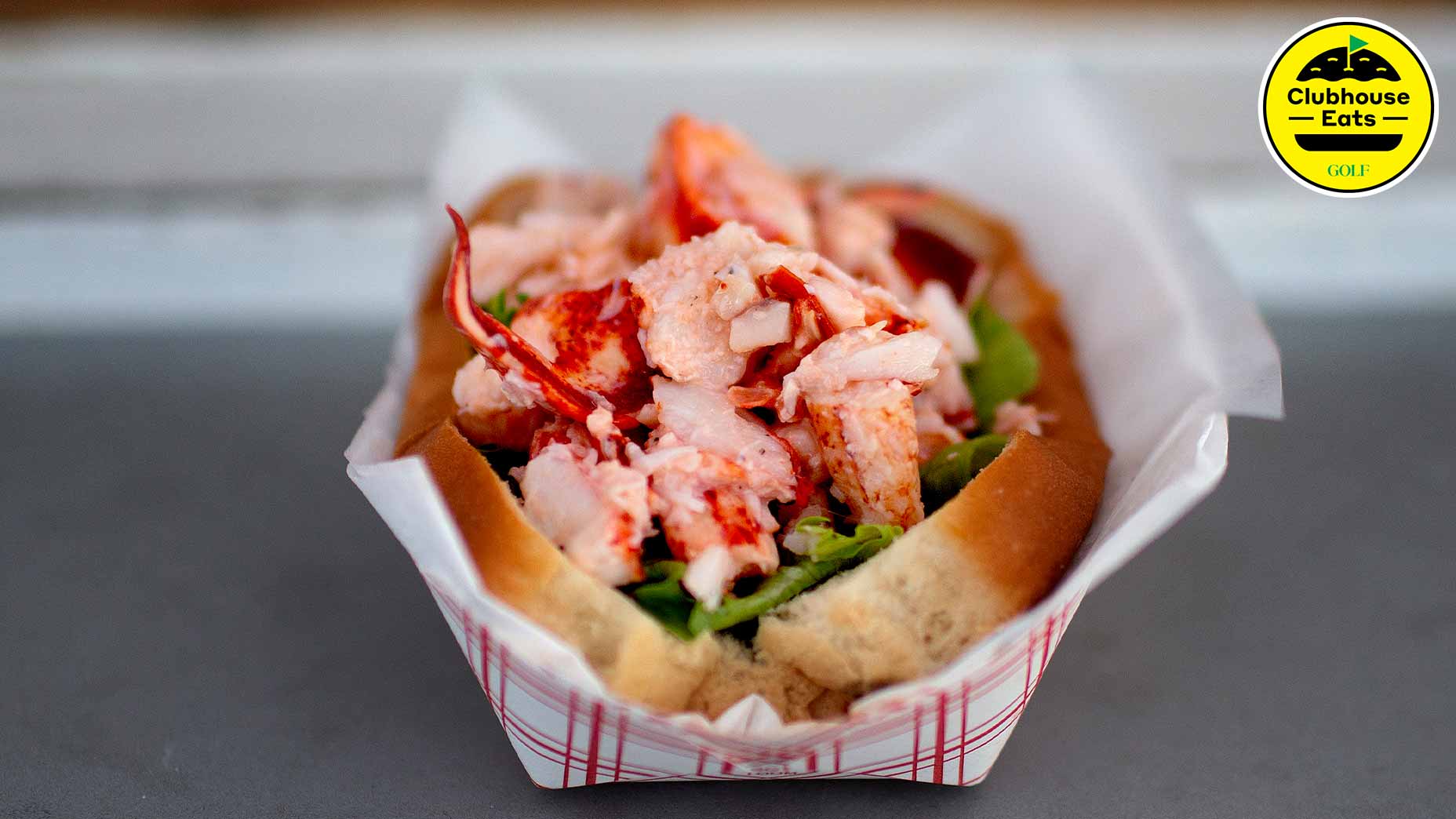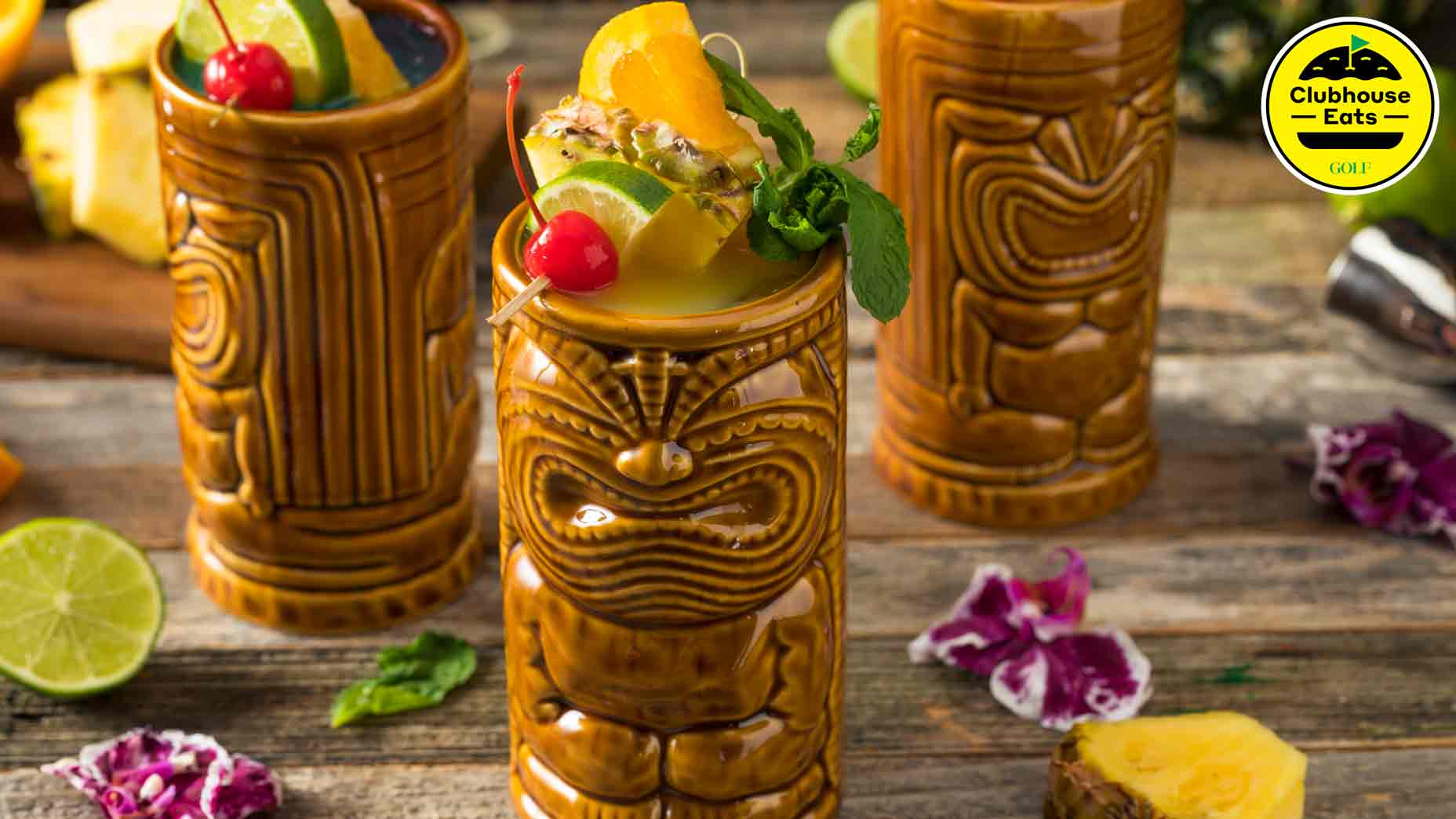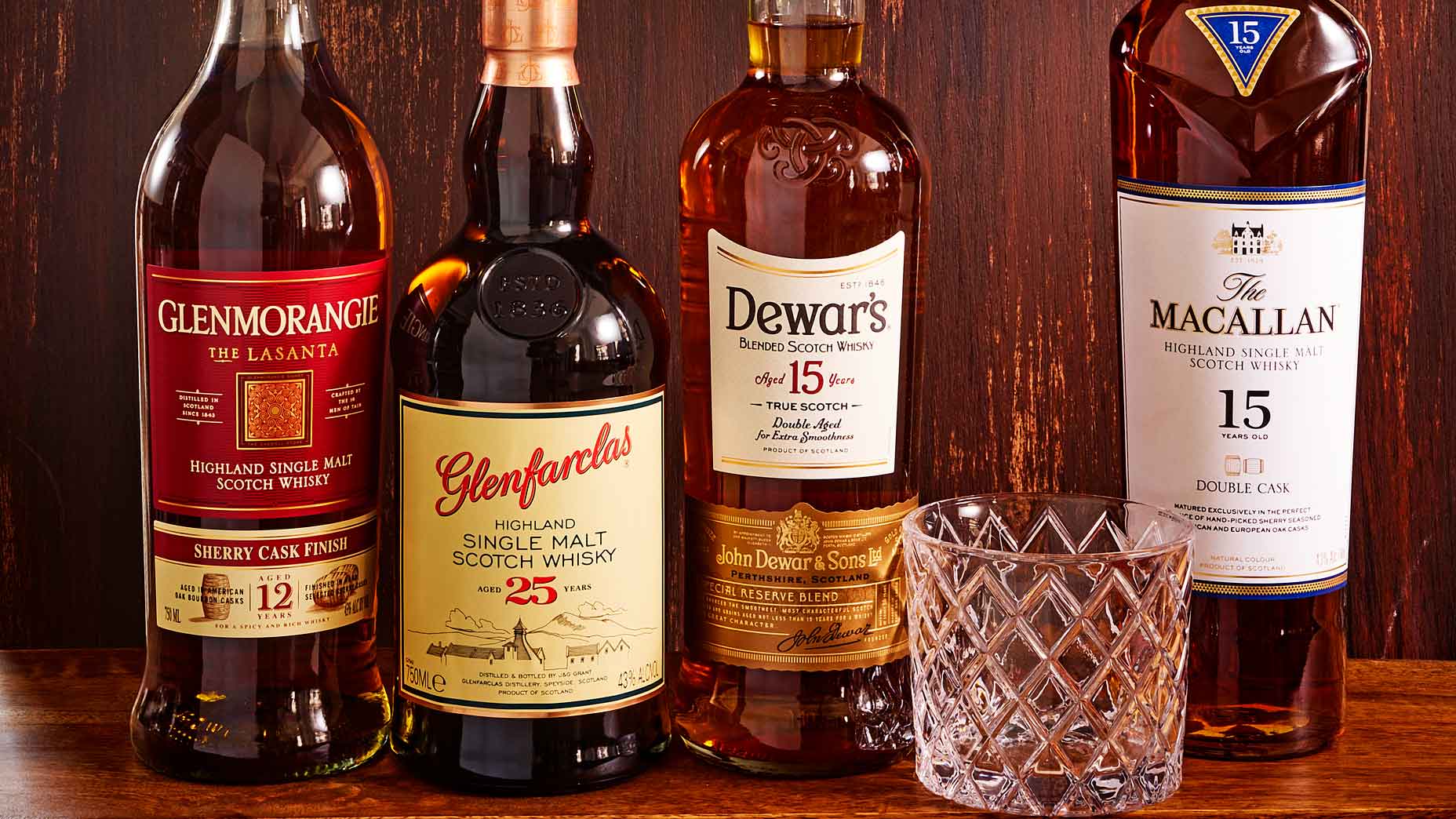Clubhouse Eats: The 8 keys to brewing perfect beer at home, according to Bandon Dunes’ resident brewmaster
- Share on Facebook
- Share on Twitter
- Share by Email

Yes, it's possible to make great-tasting beer at home.
Getty Images
Earlier this year, when it cut the ribbon on a new golf course, Bandon Dunes also popped the top on a new beer. Launched in conjunction with the layout it’s named for, Sheep Ranch Lager is a light, bright, easy-drinking private-label beer, produced for the resort by acclaimed Ninkasi Brewing, in Eugene, Ore., with a recipe created by Sherard Rogers, a Bandon employee who knows his suds: he’s the food and beverage manager at the property’s popular watering hole, McKee’s Pub. He’s also a certified cicerone (the beer-world equivalent of a sommelier) and a seasoned homebrewer who’s been honing his craft for more than a decade.
Making beer is like playing golf: you could do it for a lifetime and still have lots to learn. But improvement is elusive unless you know some basics, so GOLF.com asked Rogers to pour forth some fundamentals for those of us looking to brew our first batch.
Gear up for winter golf
Explore GOLF’s Pro Shop1. Save a step
There are two main methods for homebrewing — extract and all grain — and the latter is more challenging, like playing from the tips. With all grain brewing, you do the mashing of malted grains in order to transform them into fermentable sugars. With extract brewing, you skip that work and buy malt syrup, which you mix with water to make your wort, or starter. Don’t think of it as cheating. It’s a sensible shortcut, Rogers says, especially for beginners. And a perfectly good way to make delicious beer.
2. Start with ales
Every beer is either an ale or a lager, and while lagers are frequently light-bodied, brewing them can be a heavy lift. They’re finicky to temperature, Rogers says, and susceptible to funky flavors if you make missteps along the way. Ales, by contrast, “and especially dark beers, like porters and stouts, hide flaws better,” Rogers says. They’re more forgiving when you’re just starting out, like wielding cavity-backs instead of blades.
Clubhouse Eats: 6 rules for smoking the perfect brisket, according to a famed golf resort’s expertsBy: Josh Sens
3. Beware of boil overs
Beer-making is a volatile process, and boil overs can make a sticky mess. The risk of them is often greatest when you’re adding hops to a roiling pot of wort, so give yourself leeway with properly sized equipment. If you’re making a 5-gallon batch of beer (a common volume in home brewing), for instance, you’ll want about a 10 to 12-gallon pot.
4. Sanitize
Stirring spoons. Kettles. Fermentation buckets. Anything and everything that touches your beer-in-the-making should be clean as a whistle, especially after the wort cools.
5. Follow a Recipe
Homebrewing, like baking, is part craft, part science, and there’s no shame in following precise instructions. “It’s like playing guitar,” Rogers says. “When you’re starting out, you’re usually playing someone else’s music.” Name your favorite style of beer. Even if you can’t find it at the corner store, you can locate a recipe for it online.
Clubhouse Eats: A golf course chef explains the 5 keys to making the perfect breakfast sandwichBy: Josh Sens
6. Master a Style
It’s not that you need to go all Malcolm Gladwell and spend 10,000 hours on a single type of beer. But Rogers recommends that you focus on one style until you’ve got a healthy handle on it. “When I started out, I was probably too quick to start experimenting,” he says. “I made the mistake of bouncing around from style to style before I’d managed to get one style down right.”
7. Take Notes
Even for a seasoned brewer, every batch of beer can be a little different. Jot down all the nitty gritty details — times, temperatures, ingredients, percentages — and you’ll start to narrow down what does — and doesn’t—work.
8. Have Fun
This should go without saying, but it merits a reminder. “It’s like golf in that sense,” Rogers says. “If you’re not enjoying yourself, you’re probably taking it a bit too seriously.”
Latest In Lifestyle

Josh Sens
Golf.com Editor
A golf, food and travel writer, Josh Sens has been a GOLF Magazine contributor since 2004 and now contributes across all of GOLF’s platforms. His work has been anthologized in The Best American Sportswriting. He is also the co-author, with Sammy Hagar, of Are We Having Any Fun Yet: the Cooking and Partying Handbook.




